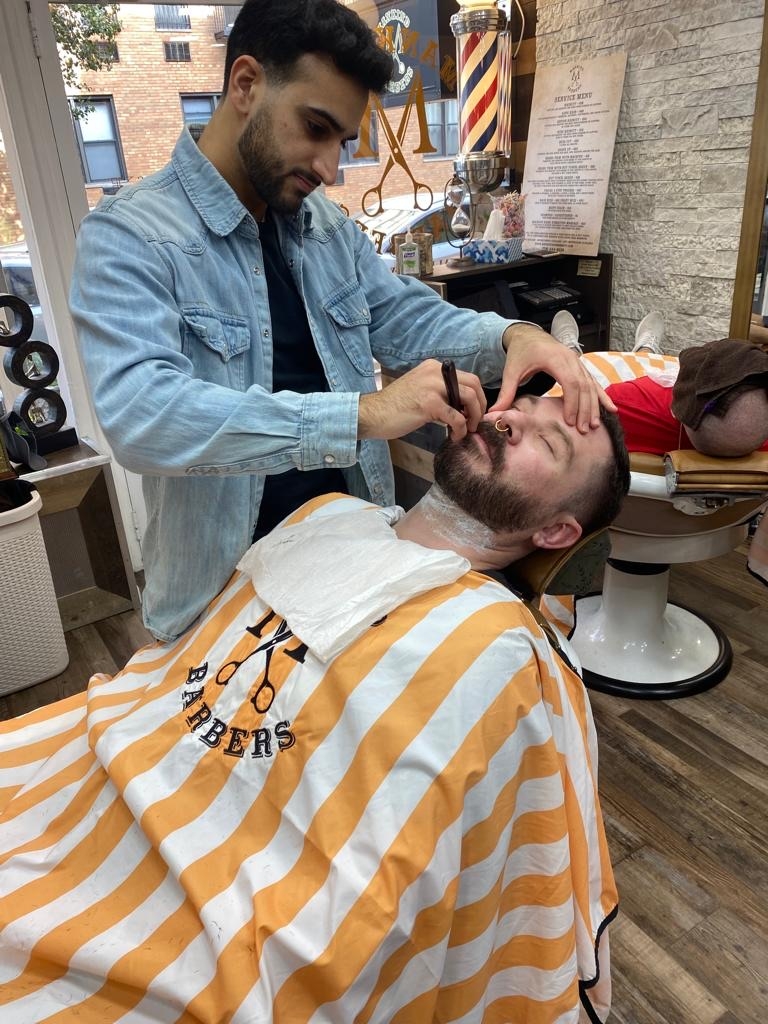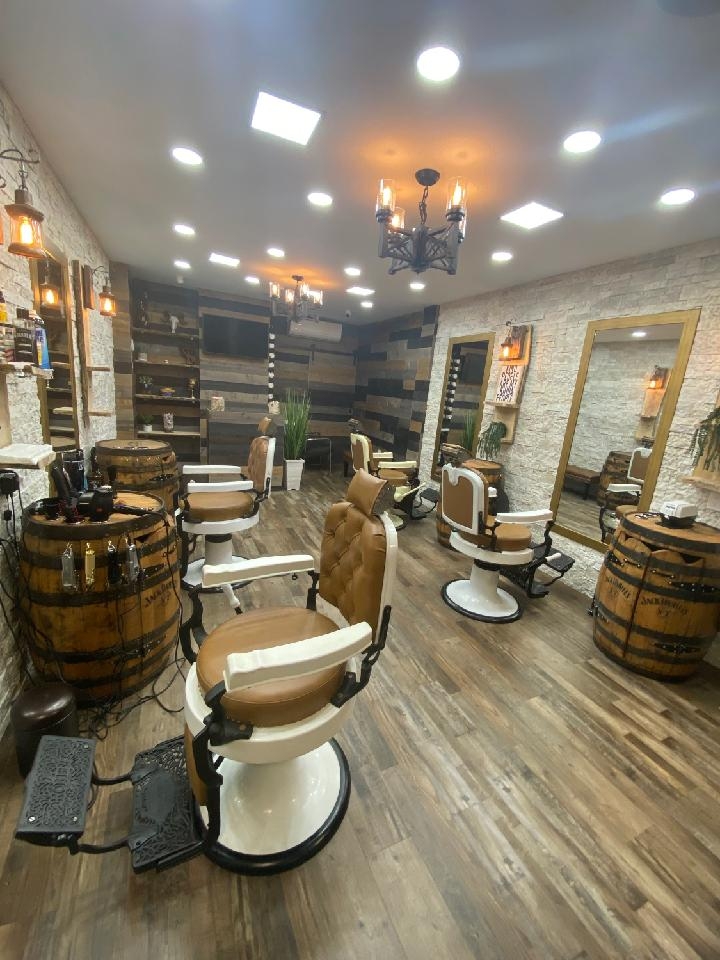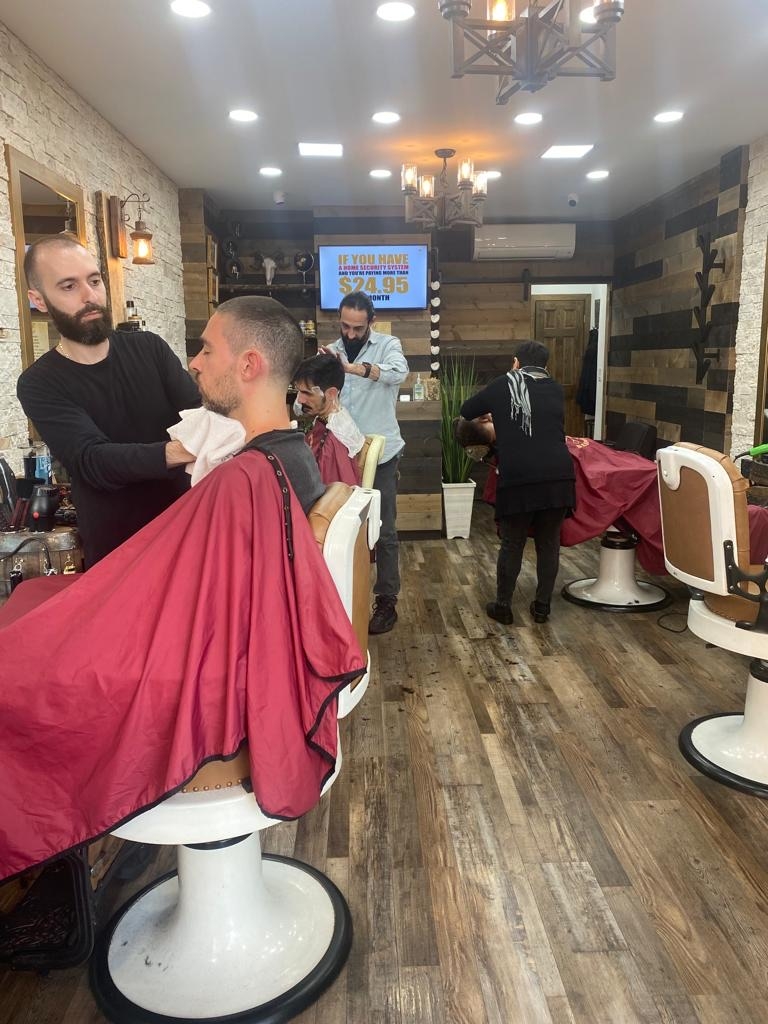Beard Trimming Scissors Types
What are the different types of beard trimming scissors available in the market?
In the market, there are various types of beard trimming scissors available to cater to different needs and preferences. Some common types include straight edge scissors, curved edge scissors, and thinning scissors. Straight edge scissors are ideal for precise cutting and shaping, while curved edge scissors are great for trimming around curves and edges. Thinning scissors, on the other hand, are designed to help blend and soften harsh lines for a more natural look.



